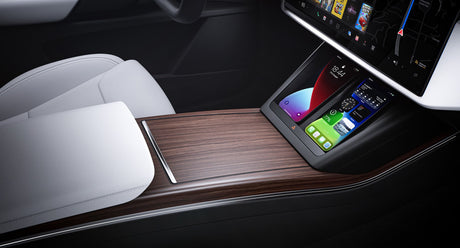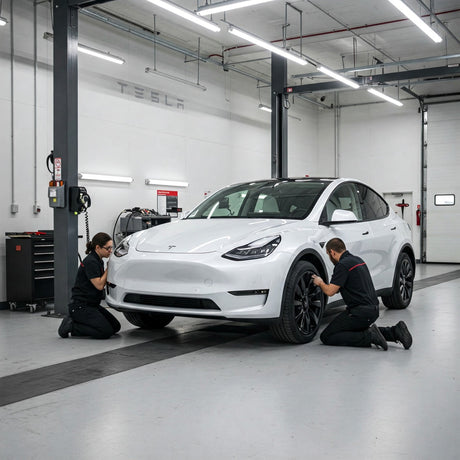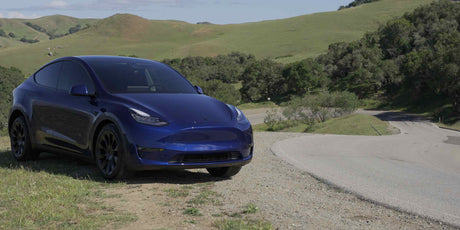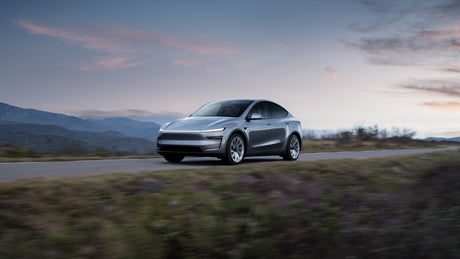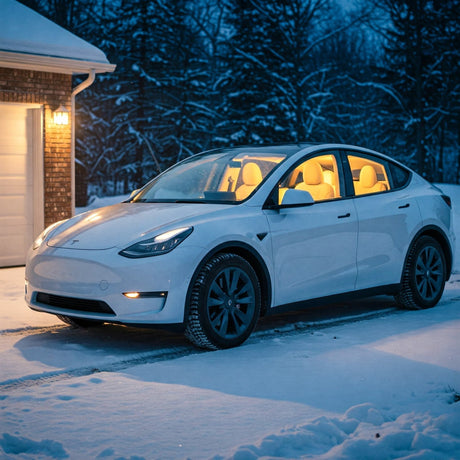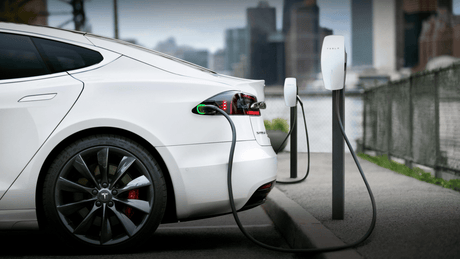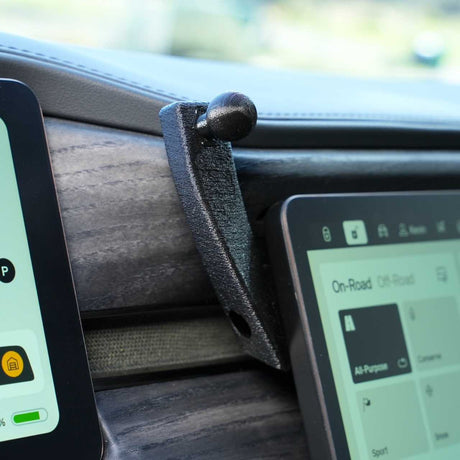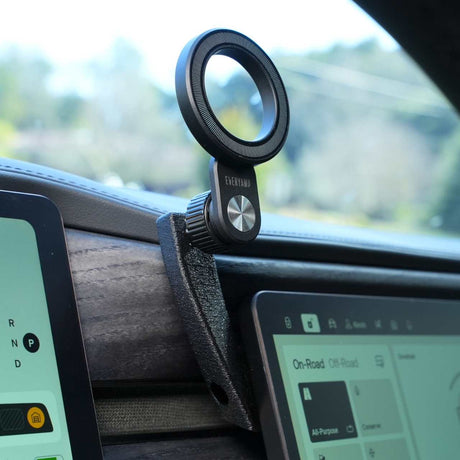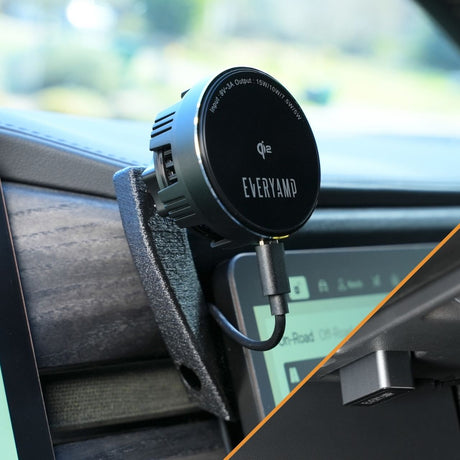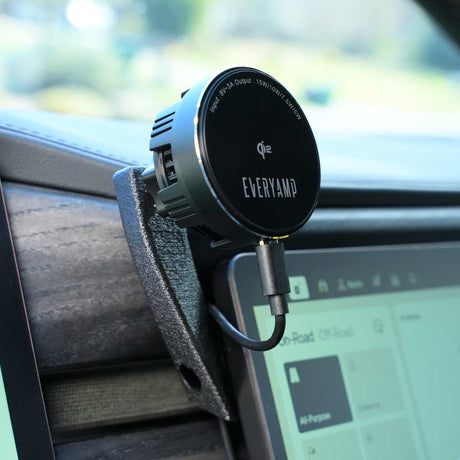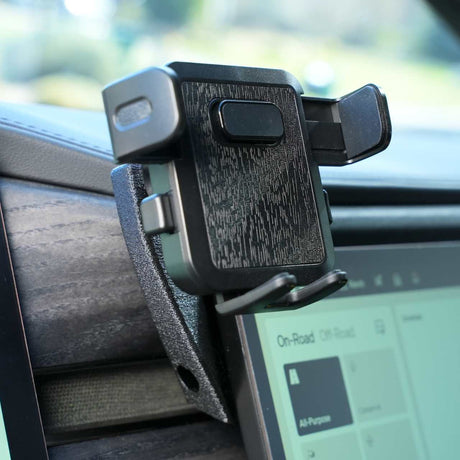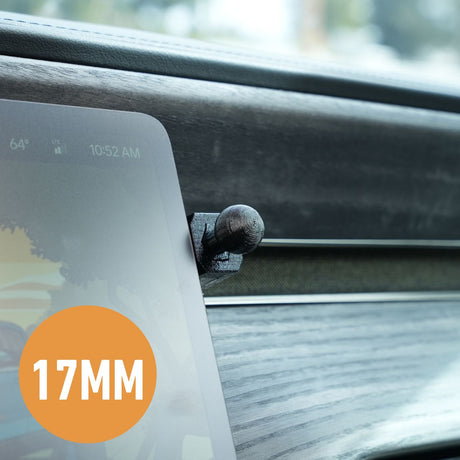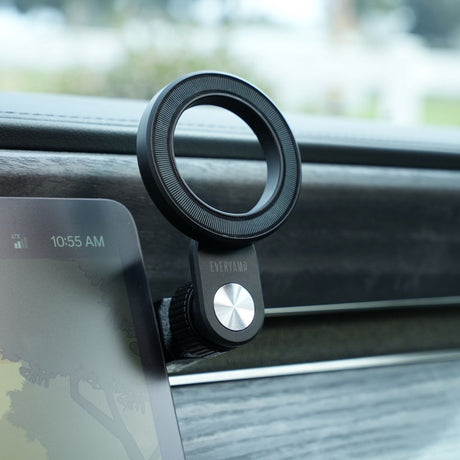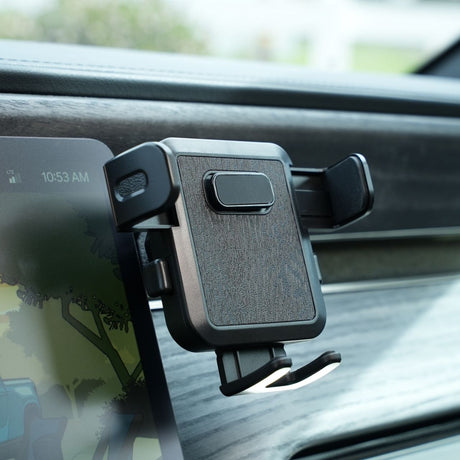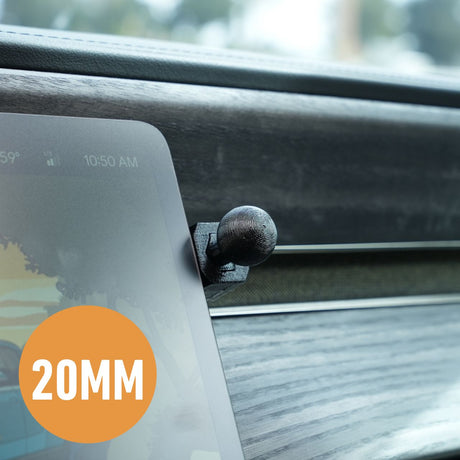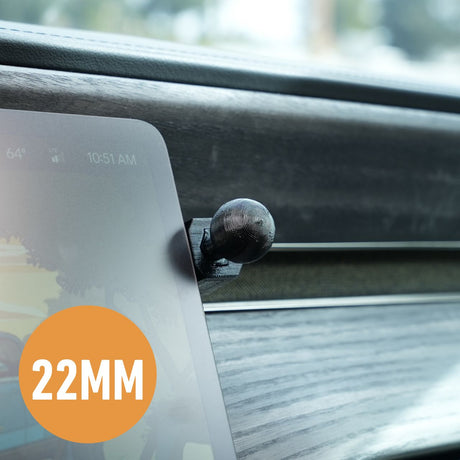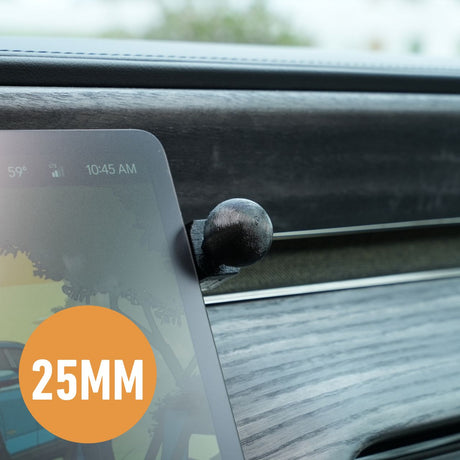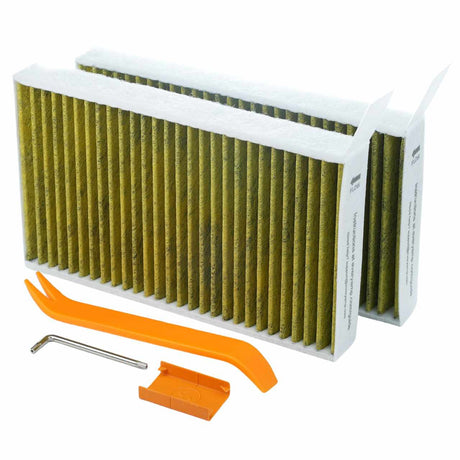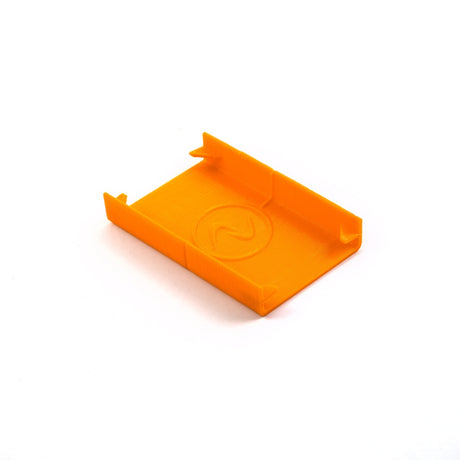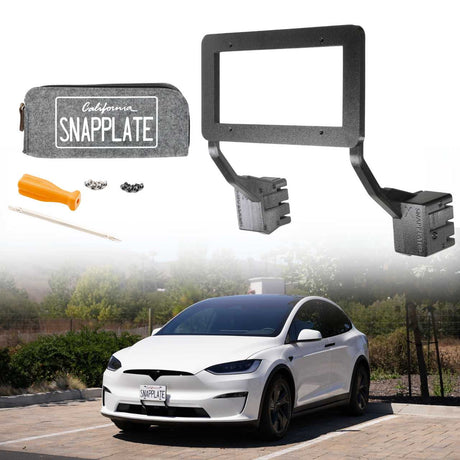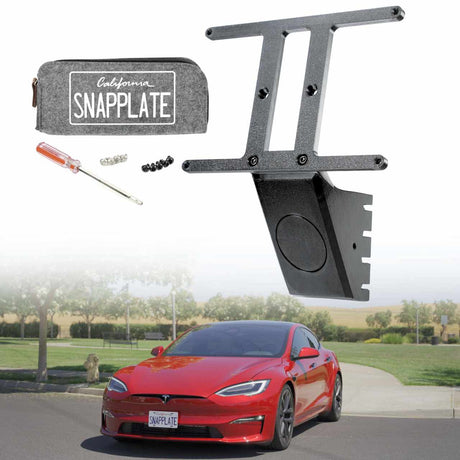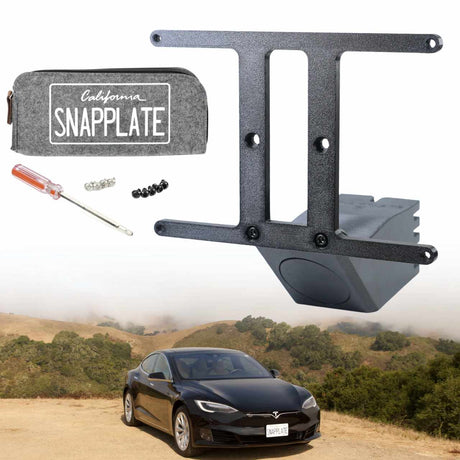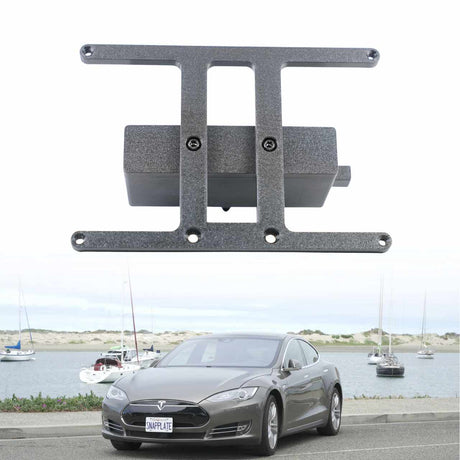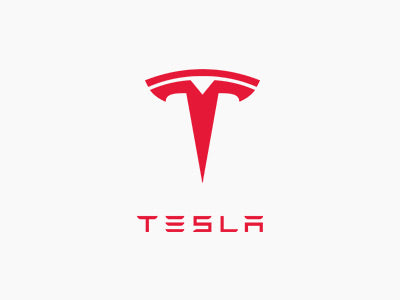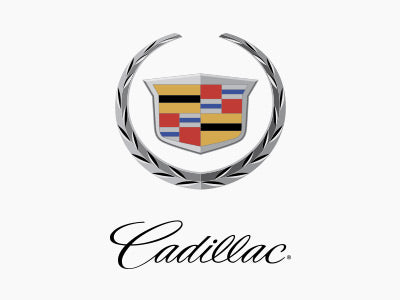Batteries are the single most expensive part of an electric vehicle. As electric vehicle owners, we want them to last as long as possible so we get the most range and maintain the highest resale value of our cars. Battery University has some helpful tips to maximize the life of lithium-ion batteries, but it's not always clear from Tesla's user manual how to implement those tips. That's where we come in with this guide, as requested by our viewers.
This article and accompanying video show which settings and practices we personally use to maximize battery life by optimizing:
- State of Charge
- Frequency of Charging
- Speed of Charging

State of Charge
So, what is an acceptable range of State of Charge? A good range for your battery charge is above 10% and below 90%. You want to be sure you have enough charge when you get to your destination and enough remaining to get to a charger.
Here's why we recommend that range as your outer limits:
On the low end of the range, you want to stay above 10%. Remember that the battery discharges as much as 1% per day, even while your Tesla is not in use. Applying “Murphy's Law”, if you discharge down to 10% you should connect your car to a charger as soon as possible or you may unexpectedly find yourself at 0%...and possibly at a really bad time or undesirable location. Tesla tries to keep you out of trouble by automatically routing you to charging stations and by presenting multiple low state-of-charge warnings, but it's up to you to follow them.

Reaching 0% charge can have results that are extremely inconvenient and possibly expensive.
Complete battery discharge can damage other components, like your 12V battery. And even if that is undamaged, you still may need a jump-start! On top of that risk, if the 12V battery is sufficiently discharged, you may find yourself locked out of your Tesla! So, practically, if your battery charge is too low, even if you can unlock and get rolling, you may still end up stuck wherever you are, if unable to make it to a charging station. Remember: discharge-related expenses are not covered by the warranty or under Roadside Assistance.
On the high end of the range, it is advisable in general to stay well below 90% as your daily charge limit. Charging above 80% is stressful for lithium-ion batteries. The degradation increases at the higher charge levels, especially above 90%. So, in general, you don't want to spend much time charged above 90%.
If you have a lengthy trip planned and need a 100% charge, you can use the “Scheduled Departure” charging feature to reach 100% shortly before your time of departure. First, figure out how long – at the full charging rate – it will take to reach 100%. That will give you “time remaining”. Then set your scheduled charging time for that many hours before you want to leave.

Personally, I set my Tesla's daily charge limit to 70%, unless we're planning an extended trip. Typically, I only discharge down to 50%-60% on any given day. Charging to 70% ensures I have a sufficient charge for routine driving, gives me some buffer for unanticipated driving, but also keeps the maximum state of charge at a level that doesn't stress the battery.

Now let's talk about how often you should be charging.
Frequency of Charging
For maximum battery life, we recommend daily charging. Depending on your commute, this may mean tiny 5% charges every day or larger 50% charges every day. According to Battery University, one 100% charge is significantly more stressful on a battery than ten 10% charges, so over time, these smaller daily charges result in less battery degradation when compared to a large weekly charge.
This can be difficult to achieve for apartment dwellers without overnight access to charging and it's a change of habit for former gasoline-car owners used to filling up at the gas station once a week, but, if you can get it, waking up to a charged battery every day is one of the nicest features of electric driving!
Speed of Charging
Teslas can charge at a maximum of 250 kW at Superchargers and are adjustable as low as 1 kW (5 A) when charging at home, but that is slow. It could take several days to get to 100% charge at 1 kW. This isn't necessarily bad for the battery itself, but slow charging forces the auxiliary equipment like cooling pumps and fans to operate for longer periods of time, which increases wear and tear.

At the other end of the speed spectrum, we have fast. A Supercharger can charge as fast as 250 kW. While this speed of charging can be highly tempting, don't forget there are significant drawbacks.
Supercharging puts a lot of energy into the battery in a short period of time which has the negative side effect of excessive heat. This heat is hard on batteries and leads to a reduced life over time.
There are also reports that your maximum charge rate at a Supercharger can be limited if you Supercharge too often. This can be frustrating for owners, especially when Tesla hasn't always made it clear that it's a possibility, but ultimately it's being done to ensure safety.
Our Recommendations
In summary, we recommend charging at home using the full rate available (from 8 kW to 20 kW, depending on the vehicle), charging to 70-80% maximum state of charge, and charging daily. The Tesla Owner's Manual states: “The most important way to preserve the battery is to LEAVE YOUR VEHICLE PLUGGED IN when you are not using it.” (All bold caps, exactly as written in the Manual).
Tesla warranties their batteries to maintain 70% of the initial rated full battery capacity for up to 8 years and unlimited miles (some vehicles are lower depending on the vehicle and when it was purchased), but using these best practices will help keep the battery in good shape and avoid needing to rely on that warranty anyway.
Thanks for reading! If you'd prefer this guide in video form, check it out below.


